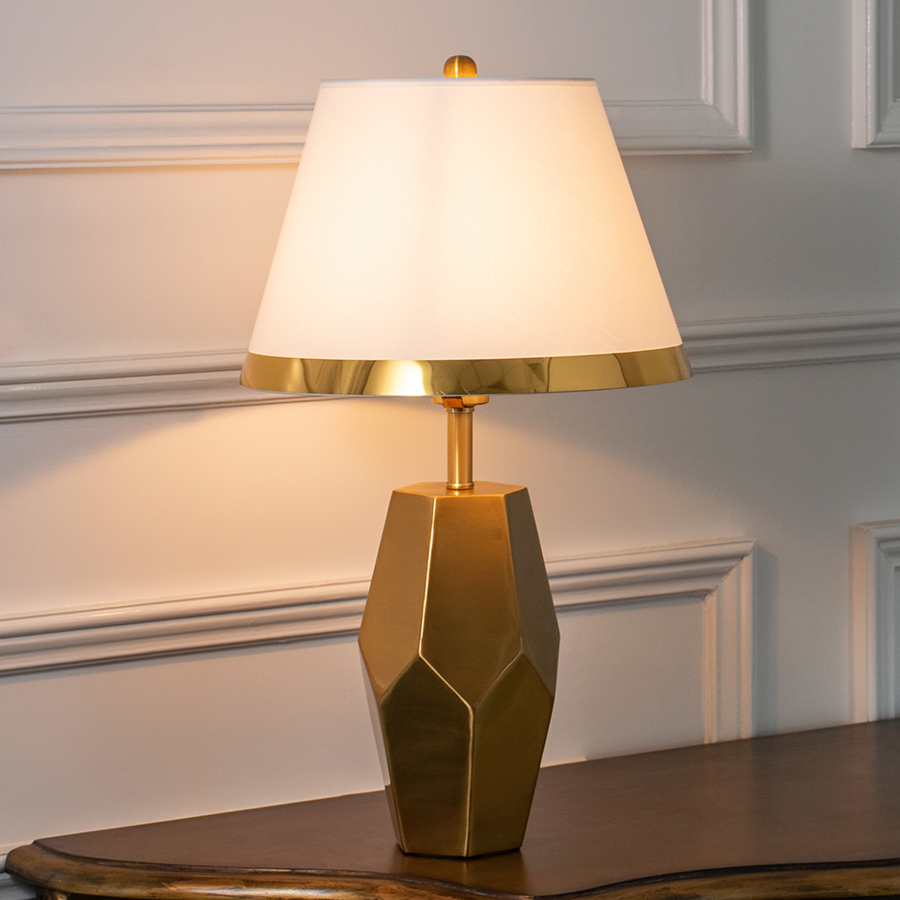

If you’re shopping for new lighting for your home, it may be hard to decide between a pendant chandelier or a traditional light fixture. Both lighting types Laverells are suspended from the ceiling, but they have distinct differences in appearance and installation. The best way to understand the difference is by examining each style in detail and considering what visual aesthetic you want your room to have. In addition to shade material, the type of metal used in each fixture can also impact how it looks.
The main difference between a chandelier and a pendant is that the former has multiple bulbs incorporated into one fixture, while the latter only has a single bulb in a lone pendant. The rest of the differences depend on the size and style of each piece, as well as how they are installed. Chandeliers are generally larger in size, require professional installation, and use more expensive materials than pendants.
Because they are designed to be more complex and showy than pendants, chandeliers have a more dramatic visual appeal. They are often adorned with crystals, glass, or other decorative elements that can elevate a space. Pendant lights, on the other hand, are much simpler in appearance and come in a wide variety of designs to suit any home.
Both fixtures are made from a range of materials, so it’s important to choose the right one for your needs and budget. If you’re looking for something that will add a more industrial or contemporary feel to your room, try a metal pendant. This can create a striking contrast with other more traditional elements in your space, and it’s also easy to switch out for a more modern look when you want to redecorate.
Pendants can be used throughout your home, but they are especially effective in the dining room, foyer, and living rooms. You can even hang them in the bathroom, but you may need to adhere to National Electric Code regulations if you do so, or the fixture could be too heavy to support itself without the help of a chain or longer downrod.
Choosing the right height is another consideration. The general rule is to hang a pendant 30-36 inches over your table, but you’ll need to experiment with the placement in your space. Make sure the fixture isn’t so high that people will bump their heads on it when they walk by, but you don’t want it to be so low that it doesn’t illuminate your dining table properly.
Despite their similar names, pendants are more versatile than chandeliers. They can be hung in a series, arranged in clusters, or paired with other types of hanging lighting like wall sconces and table lamps. When pairing different pendant styles, try to connect them with a shared finish or other common element so that they appear intentional and considered rather than haphazard. For example, you can pair a traditional pendant with a modern chandelier by using a brass or copper finish for both.




